Welcome to Natural Wonders, where I hope to pique your interest each week by sharing some fascinating questions and answers about natural phenomena. If you’re new here or if someone forwarded you this email, you can subscribe below.
Check out past posts by going here and see who I am and what Natural Wonders is about here.
Today’s question comes from one of my readers. Or actually, a small group of my readers who are avid bikers, naturally adventurous, and blessed by the curiosity of childhood. This sweet family went for a bike ride at our local rails-to-trails and they noticed that when the path cut deeply through the hillside with walls of dirt and rocks on either side, the temperature dropped. “It’s like nature’s refrigerator!” was their comment, and they wanted to know why.
I had no idea, but I’m so glad they asked!
I decided that, in order to really understand the question, I needed to visit the trail to experience it for myself. This short 2.9-mile trail in Tallulah Falls, GA is what’s left over from what was originally a 58-mile rail line between Cornelia, GA and Franklin, N.C. It was the site of several train wrecks and is where the 1956 Disney film The Great Locomotive Chase was filmed.
Over its short distance the rail-path cuts through several small hills such as this one:
When I walked through this small cut, I didn’t really notice much of a temperature change from the 71 degrees of the surrounding spring air.
But as soon as I got to the much deeper cut that towered 50 or more feet on either side, there was a definite lowering of the temperature by 5-10 degrees.
The skin on my arms prickled, and I definitely felt the “refrigerator effect” the kids had mentioned. Why is that?
Why is it always cooler when you’re in a deep, narrow ravine?
It might make sense to begin with caves. For the most part, caves keep a fairly constant temperature all year-round, though there can be slight variations in the temperature if there are multiple entrances allowing air to flow. The cave’s temperature tends to be the average of the annual temperature for the local area at the surface.
For instance, caves in Tennessee tend to be 58 degrees year-round, which is also the temperature you’d get if you added up all their daily average temperatures and divided by 365. This means that a cave will feel warm-ish if you go inside during the winter and cool if you visit during hot weather. Deep inside Carlsbad Caverns on the border of New Mexico and Texas, however, the temperature is always 70 degrees because the average year-round surface temperature of the area is warmer than Tennessee.
Why do caves keep such a consistent temperature? Rocks and soil deep underground can’t heat up quickly from the sun. As the dirt at the surface begins to warm in the spring, the deeper soil will very slowly warm, but only to a depth of about 30 feet.
Add to that the fact that soil is a pretty poor conductor of heat. This is one reason the old-timers dug root cellars back before they had access to electricity or ice blocks. I remember the grandfather of one of my childhood friends who had a root cellar dug into the bank beside his house. That’s where he kept the canned vegetables (which weren’t in cans – they were in jars) along with potatoes and other root vegetables. It looked similar to this:
It was a nice cool place to escape in the summertime, if you didn’t mind the musty, earthy smell.
The deep railroad ravine my friends had found was similar to a root cellar or a shallow cave. The high dirt walls retain the coolness of winter. It also helps that the soil is slightly damp. The railroad cut was lined with damp rocks with fresh springs seeping through. The wetter the soil is, the slower it is to warm up. It also means the path between the dirt banks experiences more humid air and as the humidity evaporates, the air cools.
Rails-to-trails pathways in mountainous areas are prone to having these tight gullies where you can experience this “natural refrigeration” effect. You’ll also feel it in tunnels, earthen basements, and even deep ravines. Scientists have found that mountain ravines can be considered “micro-climates” that experience lower temperatures, higher humidity, and higher wind speeds, all of which can lead to different plant life than the surrounding area.
The Nantahala Gorge, where I spent my childhood, is a great example of this. The Cherokee named it Nantahala, which means “Land of the Noonday Sun” because the gorge is so deep sunlight only reaches the bottom for a few short hours each day.
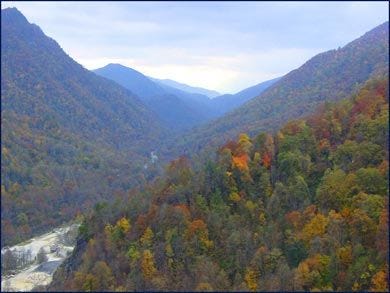
This specialized climate was great for trilliums and jack-in-the-pulpits, as well as the Noonday snail, a threatened species that lives only on moist cliffs on the southern banks of the Nantahala River and nowhere else on Earth.
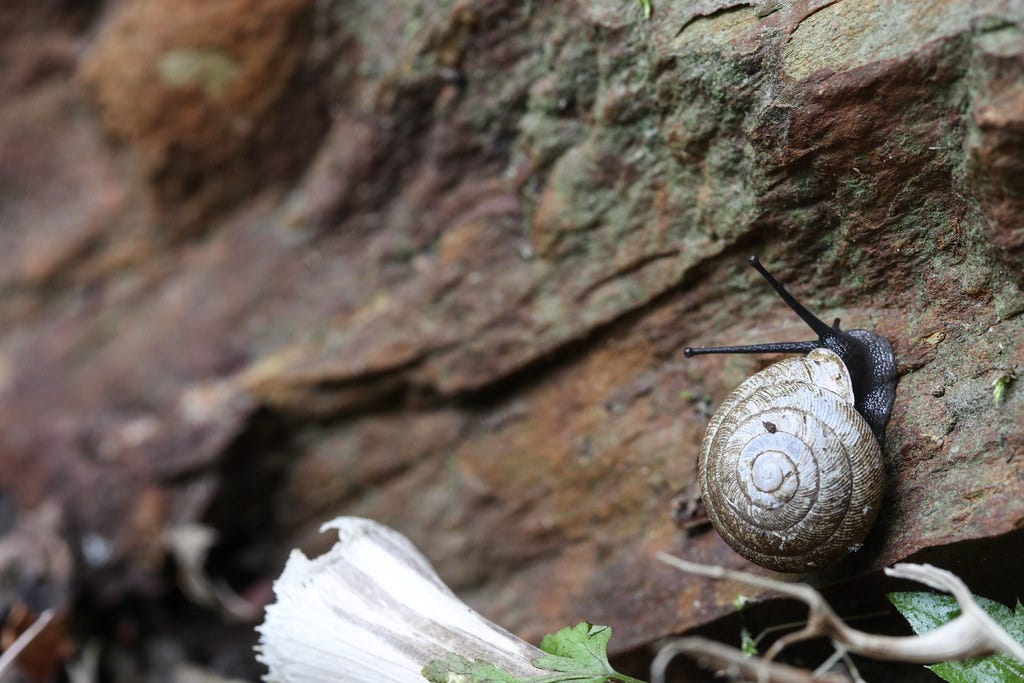
The Nantahala Gorge and other micro-climates like it are like the railroad cut my friends found, just on a much larger scale. The combination of steep walls of exposed dirt and rocks that retain winter’s coolness along with moisture that cools our skin as it evaporates creates a natural “refrigeration” effect. The next time you’re hot and sweaty in the woods, find a narrow, wet ravine – and check out the interesting flora and fauna while you’re there!
Nature Break: Go on a hike and look for a small ravine or narrow area. Bonus points if it has a water source. Sit in the space and notice the plants - even the tiny ones - that grow there. What about the animals? Are there any living things that might completely rely on the exact combination of temperature, humidity, and sunlight this ravine provides?
Have you visited any narrow ravines that serve as Nature’s Refrigerator? Tell us about it in the comments and join the conversation!
Weird Nature
Detritus
You may have heard that aerosols are bad for the planet because they contribute to the Greenhouse Effect. But new research suggests that pine forests put off vapors that turn into aerosols and may end up helping to provide a cooling effect that could help offset global warming.
This 6-minute video tells more about the Tallulah Falls Railroad, including interviews with old-timers who, as children, were thrown packs of gum by the conductors as the train passed by.
Earth Tubes cool your home by piping air through a series of PVC tubes buried beneath your home. The warmer your climate, the longer and deeper the tubes will need to be in order to cool the air
If you really like the climate-controlled atmosphere of caves, check out Earth Shelters, underground homes that cost much less to heat and cool. Lots of examples of different types of underground homes at the bottom of the page.

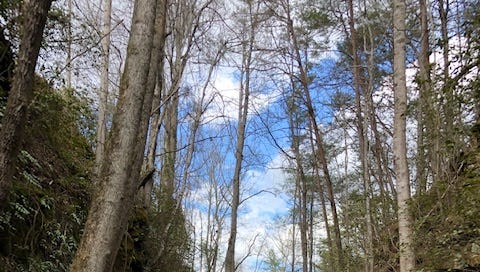



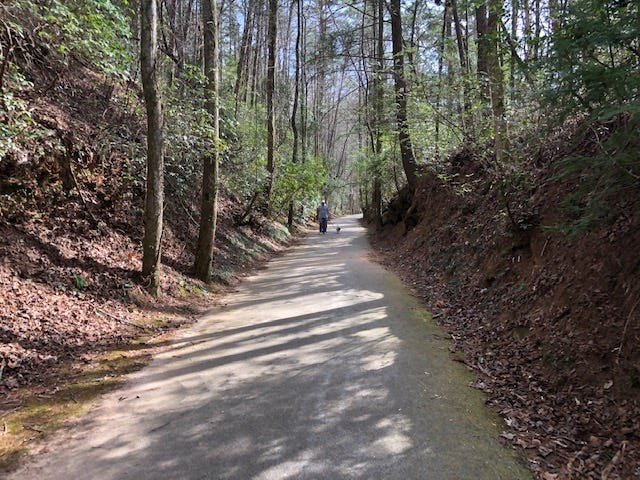
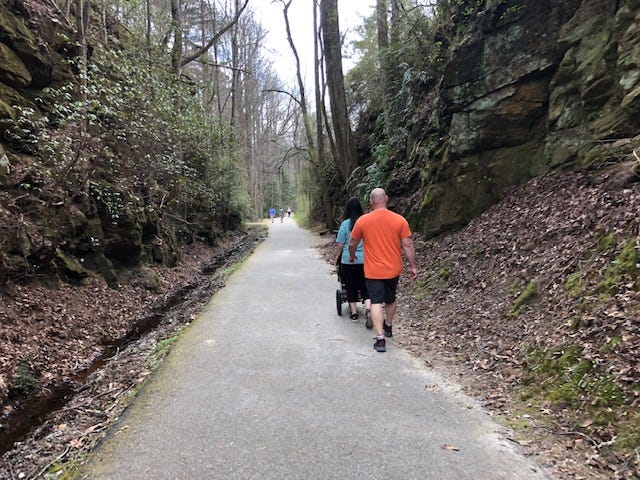


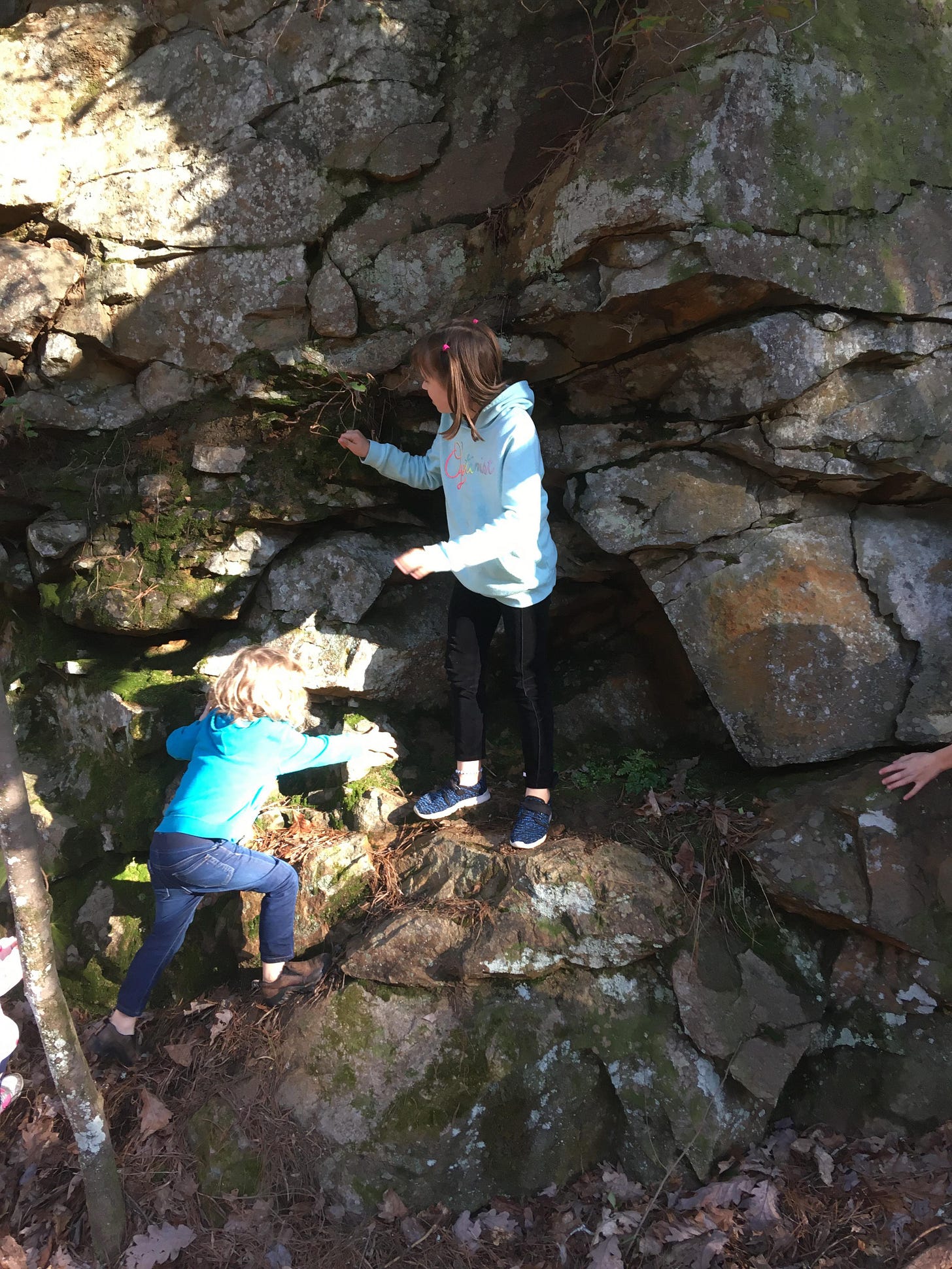
One of the places that I used to walk my dog (before they closed it to do major road works in the valley) used to walk past two old shafts. I think that the shafts might have had something to do with stormwater, but I'm not quite sure. Anyway, these are deep tunnels in the side of the hill, and as you walked past on a hots day you could feel the cold air from the shafts